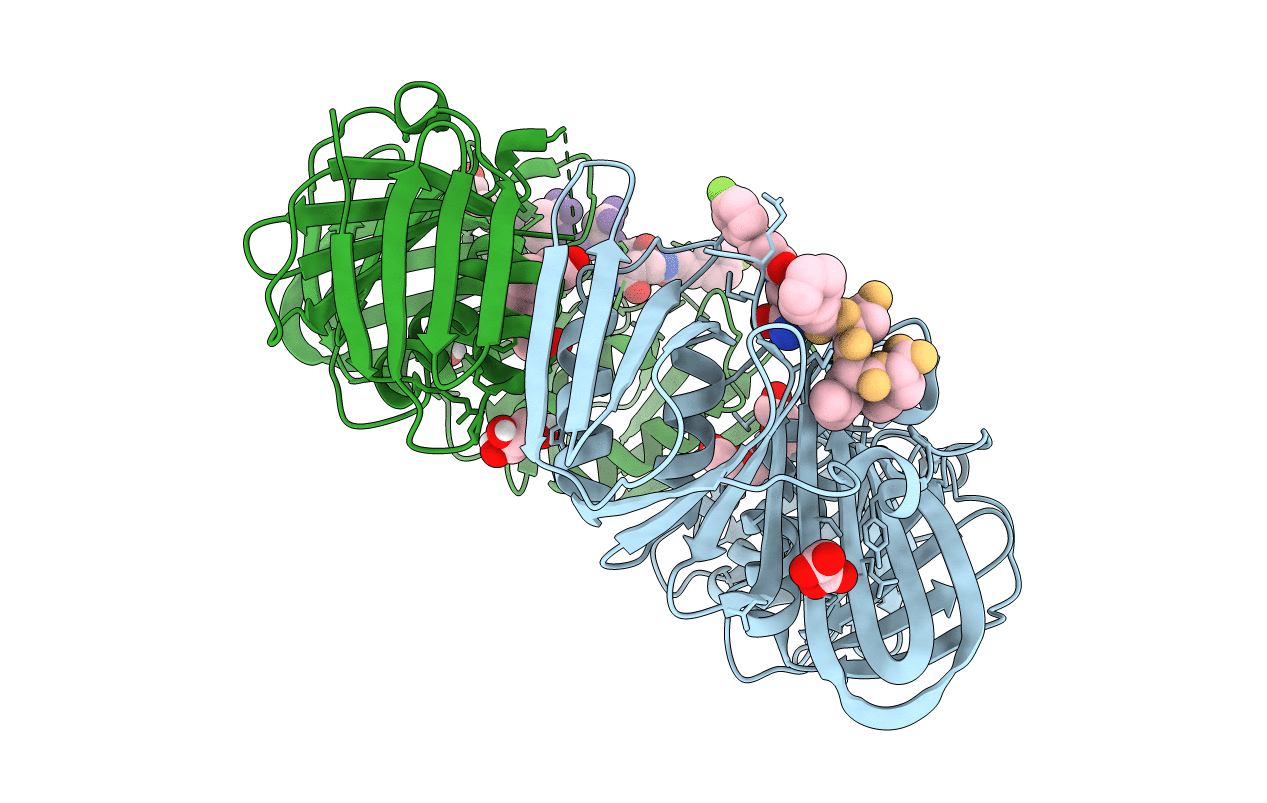
Deposition Date
2020-11-16
Release Date
2021-12-01
Last Version Date
2024-10-23
Entry Detail
PDB ID:
7AZE
Keywords:
Title:
DNA polymerase sliding clamp from Escherichia coli with peptide 18 bound
Biological Source:
Source Organism:
Escherichia coli 2-427-07_S4_C3 (Taxon ID: 1444266)
synthetic construct (Taxon ID: 32630)
synthetic construct (Taxon ID: 32630)
Host Organism:
Method Details:
Experimental Method:
Resolution:
1.82 Å
R-Value Free:
0.23
R-Value Work:
0.19
R-Value Observed:
0.19
Space Group:
P 1


